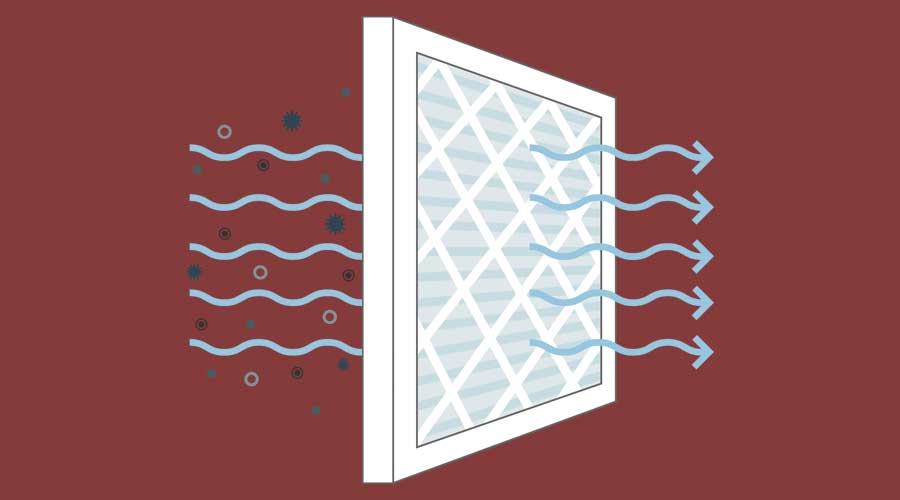
According to the American College of Allergy, Asthma and Immunology, 26.5 million Americans suffer from asthma. Symptoms are typically triggered by a person's exposure to allergens and irritants in the air, including chemical fumes, odors and dust.
In the cleaning industry, it's widely reported that indoor air is two-to-five times more polluted with these contaminants than outdoor air. This is a contributing factor to the 13.8 million missed school days each year from asthma complications and 14.2 million lost work days for adults, say Centers for Disease Control and Prevention (CDC) reports.
There are many contributing factors to indoor air contaminants, but it should be no surprise that vacuum exhaust is one of them. To minimize the impact that vacuums have on the indoor air, manufacturers have introduced high-level filtration systems into these machines. These filtration systems will capture debris and prevent it from exhausting back out into the indoor environment. Not only will that improve the indoor air, but it will minimize the redistribution of debris and further cleaning challenges.
Here are some key points to know about vacuum filtration:
• HEPA is defined by the U.S. Department of Energy as a high-efficiency particulate air [filter] and is the most common filter used in commercial cleaning equipment. According to the U.S. Environmental Protection Agency, this type of filter can capture 99.97 percent of dust, pollen, mold, bacteria and any airborne particles with a size of 0.3 microns or larger (roughly 240 times smaller than a human hair). Equipment accessories with HEPA classification range from vacuum filters and disposable dust bags to completely sealed systems that force all the air leaving the vacuum through a HEPA exhaust filter.
• Most vacuum manufacturers offer multistage HEPA filtration systems in their equipment lines. These machines have multiple filters, each at various stages of the exhaust process, further capturing and therefore minimizing the emittance of dust and debris.
• MERV ratings are often featured when discussing filtration. This stands for minimum efficiency reporting values and indicates how well the filter can capture particles between 0.3 and 10 microns. The higher the MERV number, the better the filter is at trapping these particles. HEPA filters traditionally score very high in their MERV rating.
• ULPA (Ultra-Low Particulate Air) filters remove 99.999 percent of particles, down to 0.12 microns. These are available in commercial vacuums but are still less commonly used. Although ULPA filters collect more hard-to-trap particles, they are only necessary for specialized spaces such as medical laboratories or removing particulates from cleanrooms. The filters are not widely used because they carry a higher cost than their HEPA counterpart and can significantly restrict airflow through the vacuum by 20-50 percent.
• To make sure vacuum equipment is performing properly, users should regularly inspect all the filters for blockages — manufacturers recommend examining filters every time the vacuum is emptied and cleaning washable filters no less than monthly. Removing blockages from the filters increases effectiveness and helps to prolong the life of equipment.

 Celebrating BSCAI's 60th Anniversary eBook
Celebrating BSCAI's 60th Anniversary eBook The Down and Dirty on Cleaning in Virus Season
The Down and Dirty on Cleaning in Virus Season How Surfactant Use is Expanding in Commercial Cleaning
How Surfactant Use is Expanding in Commercial Cleaning